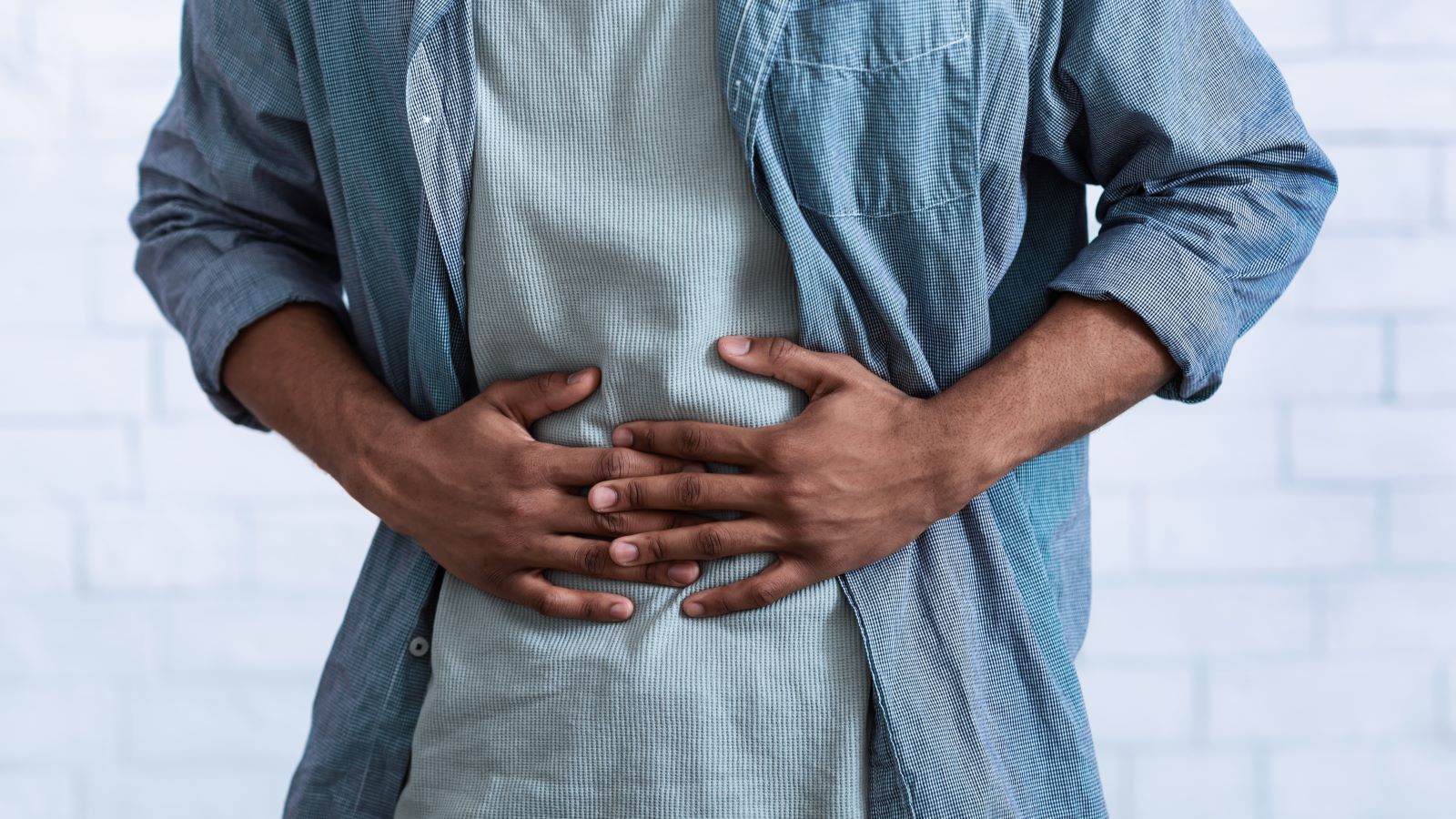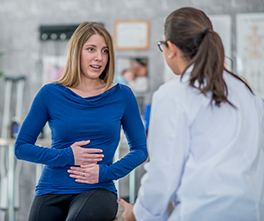If you deal with gas, bloating and stomach pain every day, it’s easy to brush it off as normal. But when the discomfort doesn’t go away, there might be more to it.
So what’s really behind your stomach troubles? Here’s what your gut might be trying to tell you, according to a gastroenterologist.
1. Stomach ache
When it comes to an ordinary stomach ache, indigestion is the prime suspect.
“Indigestion presents differently for everyone, but is typically characterized by nausea or discomfort after a meal. It may also result in heartburn, which occurs when stomach acid comes back up to the esophagus,” says Benigno Varela, MD, a gastroenterologist at PACT, LLC, a partner of Hartford HealthCare’s Digestive Health Institute.
Treatments include over-the-counter antacids, or natural solutions such as:
- Drinking water
- Avoiding problem foods
- Eating slowly
- Staying upright
- Drinking peppermint or chamomile tea
- Adding ginger or fennel to your diet
> Related: 6 Signs It’s Time to See a Doctor For Your Stomach Issues
2. Bloating
The most common cause of bloating is excess gas. Although your roommates may not appreciate it, this usually isn’t something to worry about.
“Ultimately, gas is a normal part of digestion. In most cases, it’s just from swallowing too much air – not from a medical issue,” says Dr. Varela.
If you suffer from frequent flatulence, consider:
- Eating more slowly
- Avoiding high-fiber foods
- Eating smaller, more frequent meals
However, if it persists, chronic gas could be a sign of a functional bowel disorder (FBD), a compilation of symptoms including abdominal pain, bloating and constipation or diarrhea.
> Related: 3 Reasons Why You’re Bloated After Eating
3. Bloody stool
Several conditions might cause blood in the stool, but the most common is irritable bowel disorder (IBD), which refers to a group of conditions characterized by chronic inflammation of the gastrointestinal tract. Most commonly, IBD refers to Crohn’s disease and ulcerative colitis.
“IBD is on the rise, especially Crohn’s disease in younger people. Early diagnosis and treatment are key, so it’s important to raise awareness,” says Dr. Varela.
Although medical intervention is critical for IBD, some lifestyle changes can be beneficial. To reduce your symptoms, try avoiding foods with:
- High fiber
- Lactose
- Excess spice
- Caffeine and alcohol
- Added sugars
- High fat content
Instead, opt for:
- Fruits and vegetables
- Fatty fish
- Refined grains
- Calcium
- Lean protein
- Lots of fluids
Location matters, too.
But it’s not just the different symptoms that you need to look out for – sometimes it’s the location.
“We can learn a lot from the location of your discomfort. That helps us determine which organs are involved, which can point us in the right direction.”
Here’s what the location could be indicating:
1. Upper right.
With the liver, gallbladder, right kidney and bile ducts found here, pain in the upper right abdomen could be coming from several different sources. Likely offenders are hepatitis, gallstones, cholecystitis (inflammation of the gallbladder) or kidney stones.
2. Upper left.
The upper left quadrant is home to the stomach, pancreas, spleen and the left kidney. Causes might be as simple as indigestion or as severe as a ruptured spleen. Pancreatitis is another common culprit, which might cause pain that migrates to your back.
3. Lower right.
Suffering from a sudden, sharp pain on the lower right portion of your abdomen? Appendicitis could be the culprit. Although it may initially feel like gas, this pain worsens quickly and requires medical attention.
4. Lower left.
If your pain is isolated to the lower left side of your abdomen, it could be a symptom of diverticulitis. This inflammation of the diverticula (small pouches that can form in the intestines) can cause severe pain, which may last for several days. In some cases, diverticulitis can go away on its own, but it’s best to see a provider for treatment.



